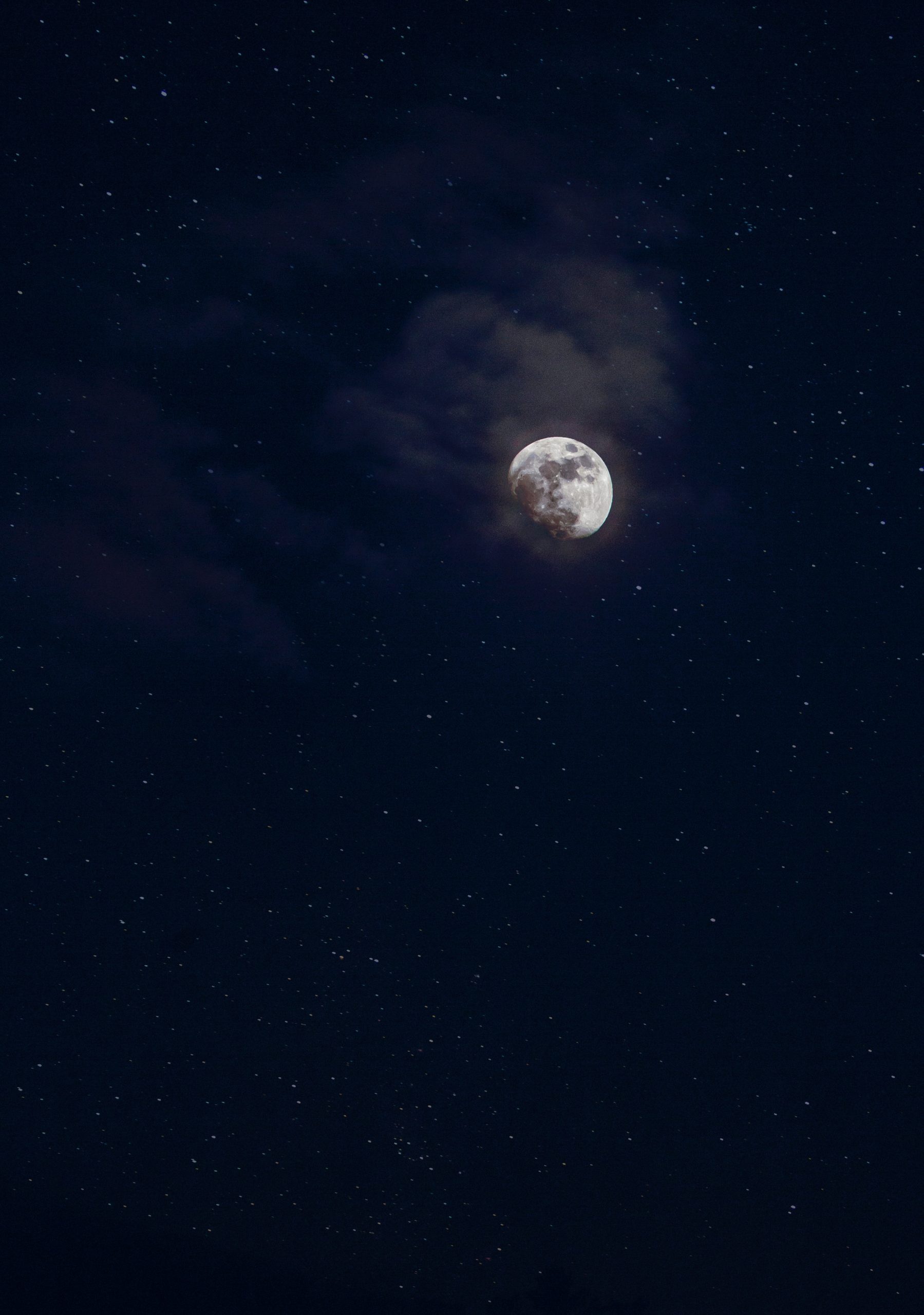Unlocking the Mysteries of Runes: Ancient Symbols of Power and Divination
For centuries, runes have held a mystical allure, captivating the imaginations of both scholars and occult enthusiasts. These ancient symbols, often associated with Norse mythology, possess a rich history and can be imbued with profound meaning and power. In this comprehensive guide, we will explore the origins, significance, and uses of runes, shedding light on their enigmatic nature.
Table of Contents
- The Origins of Runes
- Runic Alphabet: Futhark
- The Magical and Divinatory Properties
- Rune Casting and Divination
- Modern Applications of Runes
The Origins of Runes
The history of runes can be traced back to ancient Germanic tribes, particularly those inhabiting what is now modern-day Scandinavia. Considered a written form of ancient Germanic language, runes were initially practical in nature, used for everyday communication, magic, and divination.
The exact origin of runes, however, remains shrouded in mystery. According to Norse mythology, the runes were a gift from the god Odin, who, in his quest for wisdom, sacrificed himself for nine days and nights, hanging from the cosmic tree Yggdrasil. Eventually, runes were revealed to him, and he shared this sacred knowledge with humankind. This mythical tale amplifies the mystique surrounding runes.
Over time, the use of runes spread from the Germanic tribes to other populations across Europe. With their unique angular shapes, runes became an integral part of ancient inscriptions, amulets, and talismans found in various archaeological sites.
Runic Alphabet: Futhark
The runic alphabet, known as Futhark, is the basis for the written representation of runes. It consists of 24 characters organized into three groups called “aetts.” Each aett consists of eight runes, and the order varies depending on the geographical region and time period.
The first aett is known as Freyr’s Aett and represents natural forces, abundance, and fertility. The second aett, Hagal’s Aett, symbolizes chaos, primal forces, and transformation. The final aett, Tyr’s Aett, stands for justice, victory, and personal power.
Each rune possesses its own name and phonetic value. For example, the first rune in Freyr’s Aett is Fehu, which represents wealth and cattle. The second rune is Uruz, symbolizing strength and vitality. The third rune, Thurisaz, signifies protection and defense.
| Rune | Phonetic Value | Meaning |
|---|---|---|
| Fehu | [f] | Wealth, Possessions |
| Uruz | [u] | Strength, Vitality |
| Thurisaz | [th] | Protection, Defense |
Futhark has not only been used for written communication but also as a means of magical and divinatory practices.
The Magical and Divinatory Properties
Runes possess powerful magical properties, often associated with particular deities, cosmic forces, and natural elements. Each rune corresponds to a specific energy or concept, allowing individuals to tap into these forces to influence their lives.
For instance, the rune Berkana embodies growth, rebirth, and fertility. By connecting with the energy of Berkana, one can nurture personal relationships, foster creativity, and encourage personal development. Similarly, the rune Ehwaz represents partnership, collaboration, and teamwork. Harnessing its energy can aid in building successful relationships and achieving common goals.
Moreover, runes serve as potent tools for divination, offering glimpses into the future and guidance during times of uncertainty. Rune casting, or throwing runes onto a cloth or surface, is a common divinatory practice. The position and orientation of each rune enable diviners to interpret their meanings and gain insight into the current situation or possible outcomes.
Rune Casting and Divination
Rune casting involves drawing runes from a bag or scattering them onto a surface, allowing chance to influence the selection. Different rune systems exist, but the most commonly used is the Elder Futhark, consisting of 24 runes.
When casting runes, diviners interpret the runes based on their intuitive feelings, associations, and knowledge of traditional meanings. Each rune’s position and relationship with other nearby runes contribute to the overall reading.
For example, if the rune Algiz appears upside down in a casting, it can indicate a need for caution or potential danger ahead. On the other hand, if Algiz appears in a favorable position, it suggests protection and support from higher forces.
Interpreting runes requires practice, honed intuition, and an understanding of how the runes resonate with individual circumstances. It’s important to respect the sacredness of the practice and approach divination with discernment.
Modern Applications of Runes
In contemporary society, runes continue to captivate individuals seeking spiritual growth, connection with ancient wisdom, and self-discovery. Many people incorporate runes into their daily lives through the use of runic jewelry, tattoos, or simply by studying and meditating upon their meanings.
Runes have also found their place in modern spiritual and magical practices. Individuals may utilize runes during rituals, ceremonies, or meditation, harnessing their energy and intentions for manifesting desired outcomes or seeking guidance.
Outside of spiritual contexts, runes have inspired modern culture in various forms, including literature, arts, and even video games. Their aesthetic appeal and powerful symbolism continue to influence and fascinate people worldwide.
In conclusion, runes offer a fascinating glimpse into ancient northern European cultures and serve as powerful tools for spiritual exploration and divination. With their timeless wisdom and unique symbolism, runes stand the test of time, inviting us to unravel their mysteries and discover the ancient knowledge they hold.
References:
- Norse Mythology: The Meanings of the Runes
- Ancient History Encyclopedia: Runes in Norse Mythology and Magic
- ResearchGate: Archaic and Modern Runes
Table of Contents
